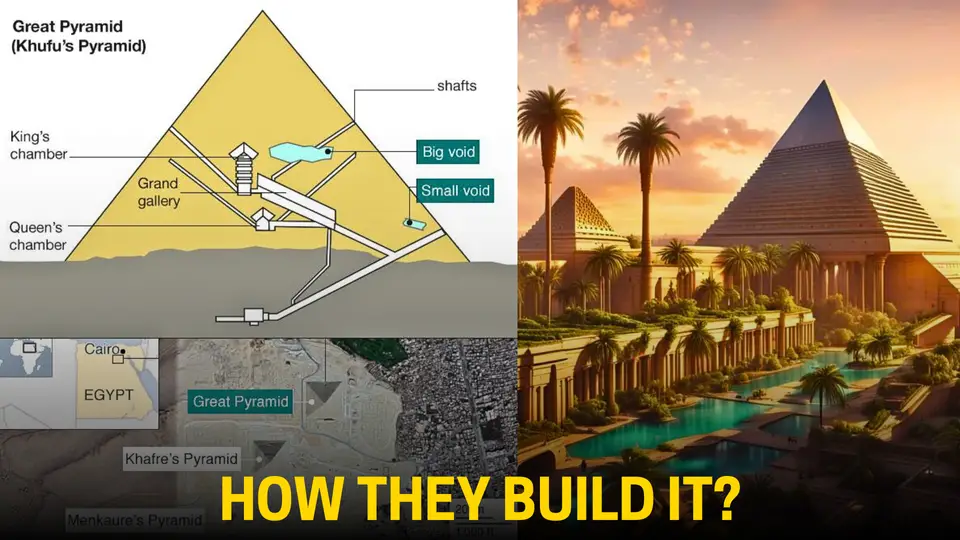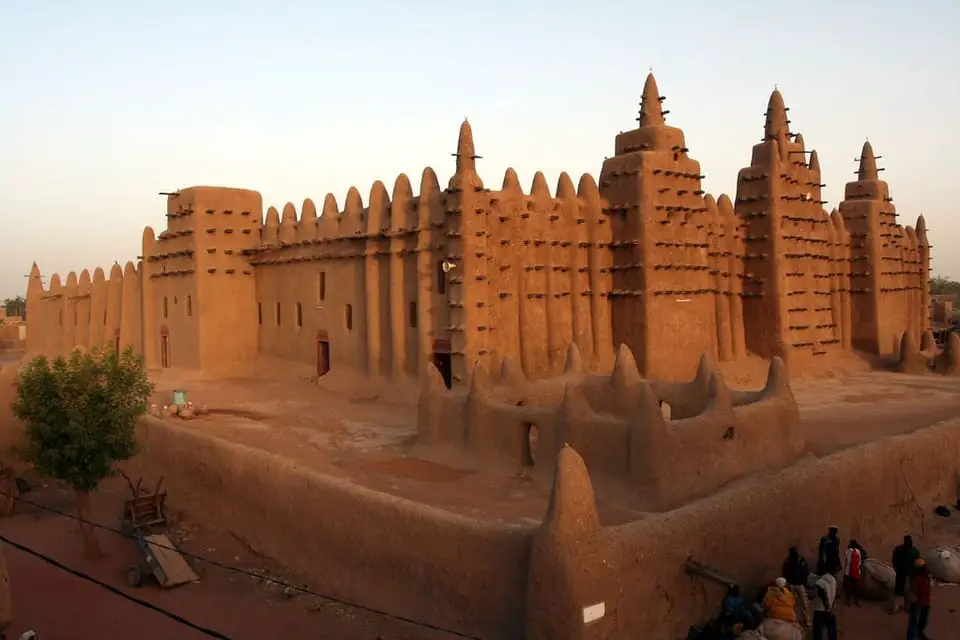The Rise and Fall of the Mayan Civilization: A Story of Innovation and Resilience
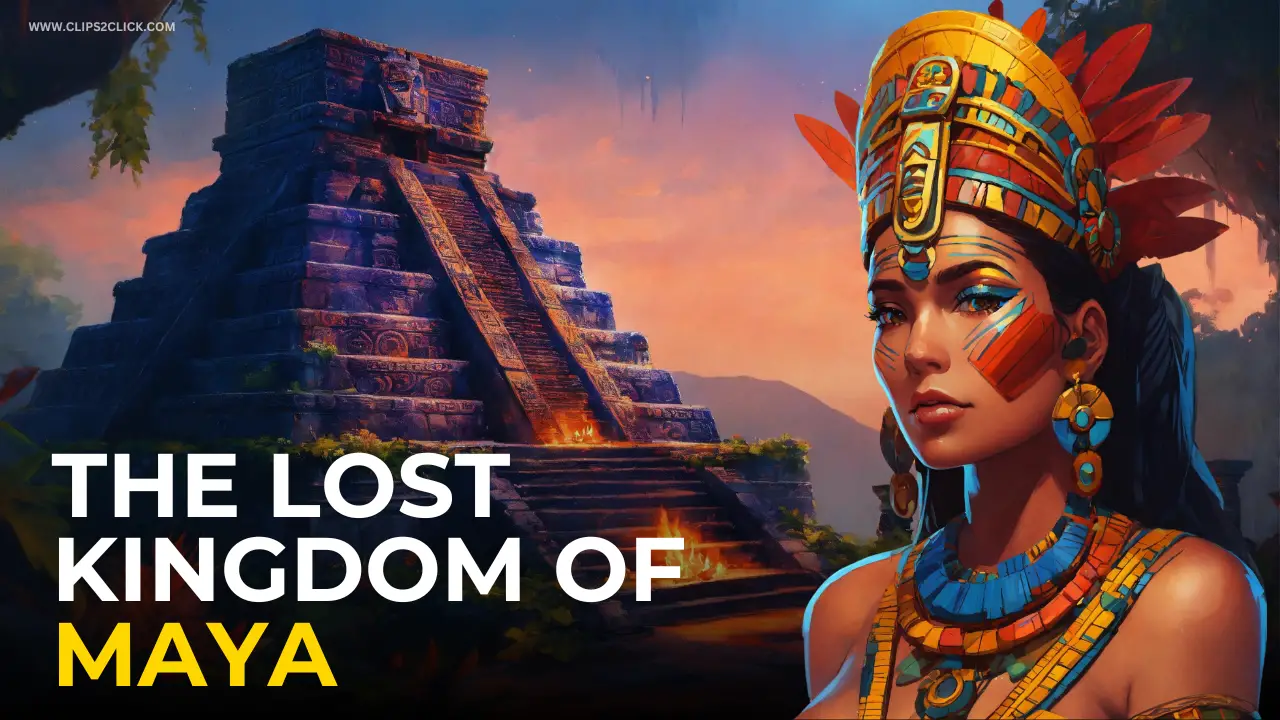
Deep within the verdant jungles of Central America lie the awe-inspiring remnants of the Mayan Civilization. This ancient civilization, known for its towering pyramids, intricate hieroglyphs, and advanced knowledge, continues to captivate and inspire us today.
The story of the Mayan civilization is one of remarkable innovation, resilience, and ultimate decline, leaving behind a legacy that continues to be unraveled.
The Rise of a Civilization

The Mayan civilization wasn't a unified empire but a collection of independent city-states spread across a vast region. These city-states, bound by shared culture, language, and religious beliefs, flourished for over three thousand years.
Around 2000 BCE, during the Preclassic Period, the first Mayan civilization settlements emerged. These early Mayans were skilled agriculturalists, cultivating crops like maize, beans, squash, and cassava, which became staples for their growing population.
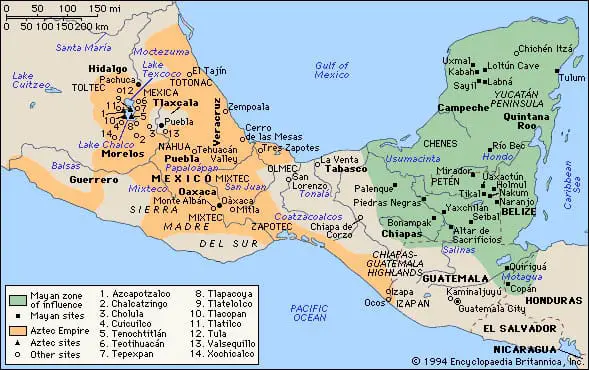
Beyond agriculture, the Maya excelled in mathematics, astronomy, and architecture. They developed a sophisticated writing system, the only fully developed written language in pre-Columbian Americas.
Their mathematical advancements included the concept of zero and a complex calendar system that tracked time with remarkable accuracy.
The Golden Age of the Maya
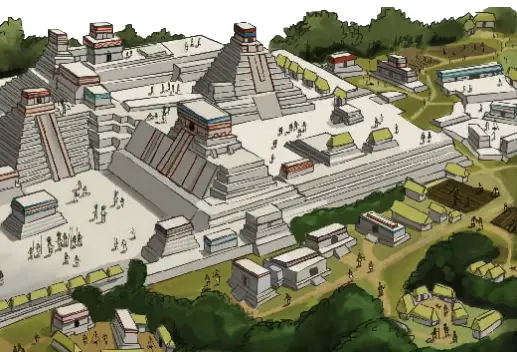
By 250 CE, the Mayan civilization entered its golden age – the Classic Period. Magnificent cities such as Tikal, Palenque, and Copán arose as bustling hubs of trade, religion, and culture.
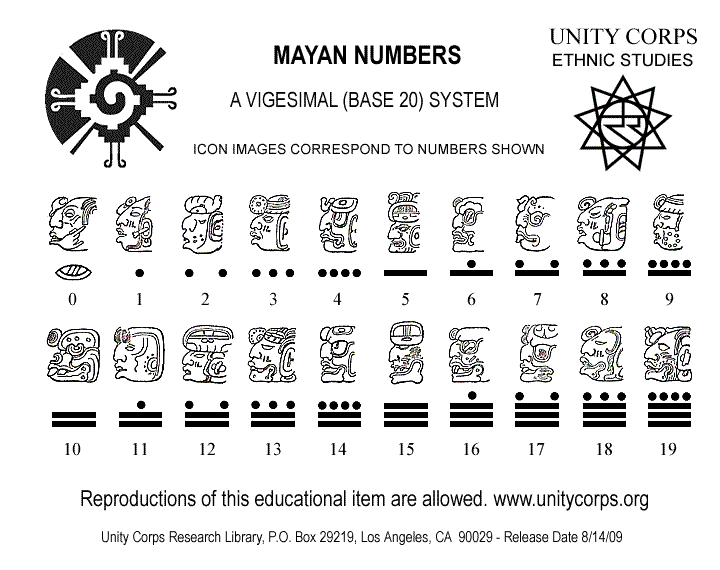
Mayan rulers, revered as divine kings, commissioned the construction of towering pyramids adorned with intricate carvings that depicted their history, beliefs, and lineage.
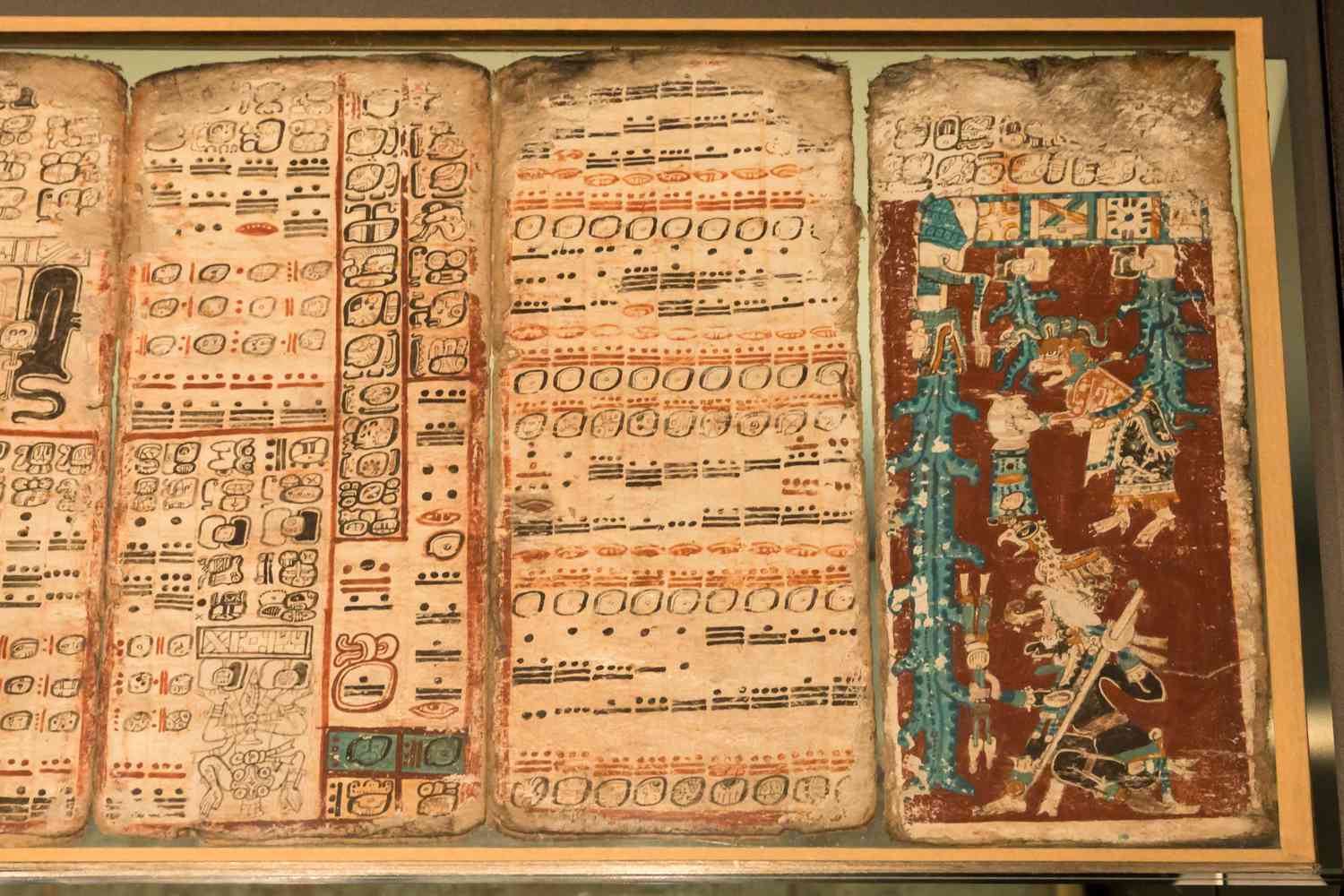
Elaborate palaces, ball courts for ritual games, and observatories for tracking the stars were also built. Connected by sophisticated trade routes, these flourishing cities propelled the Mayan civilization to the pinnacle of its power and influence.
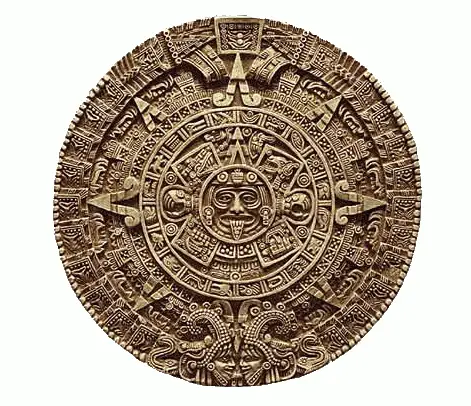
The Fall of the Mayan Civilization: An Enduring Mystery
However, by the 9th century, this vibrant civilization began to unravel. One by one, major Mayan cities in the southern lowlands were abandoned, and by 900 CE, these once-great cities lay silent, reclaimed by the relentless jungle.

The exact reasons for this decline remain a topic of debate among scholars, but evidence suggests a combination of factors.
Some theories propose that a combination of overpopulation, deforestation, and prolonged droughts, potentially exacerbated by human activities, placed unsustainable strain on the environment.
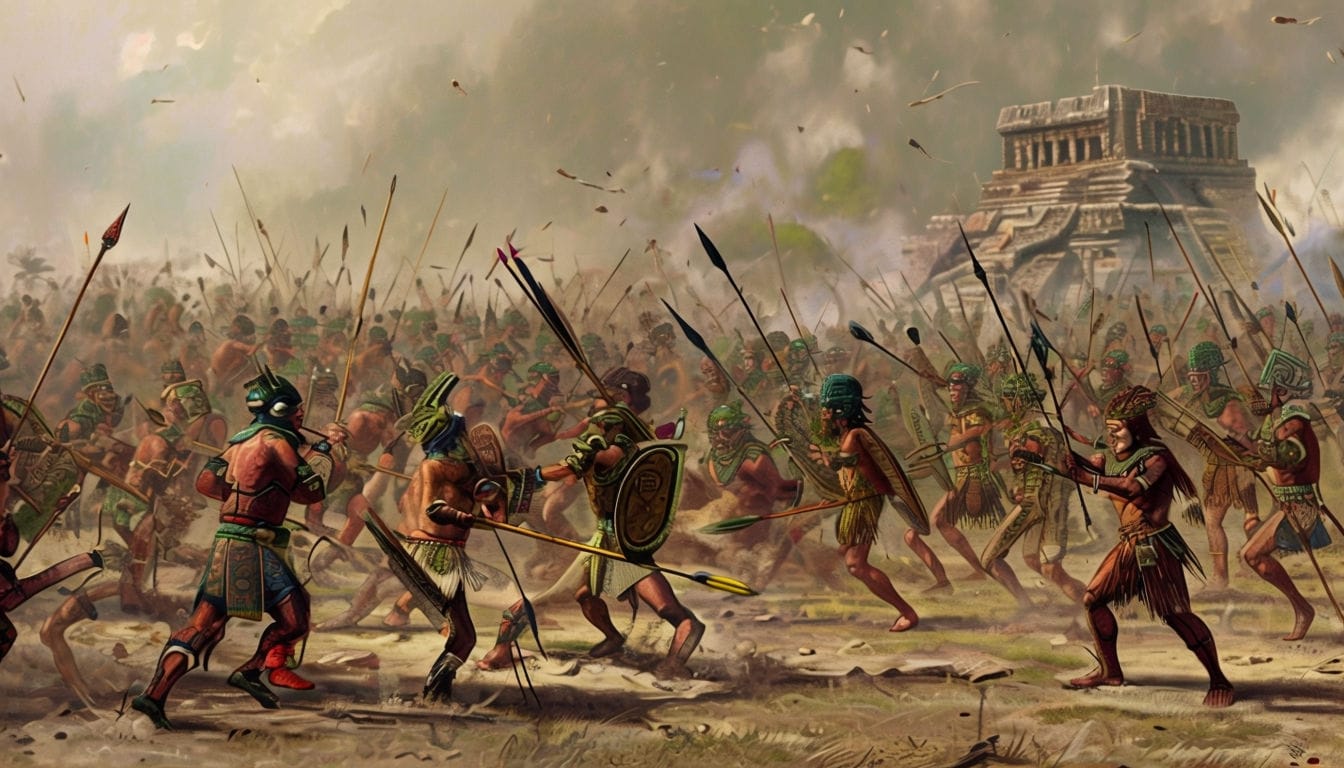
This, in turn, could have led to widespread famine and societal collapse. Other theories suggest that internal conflicts, warfare between city-states, or the disruption of vital trade routes contributed to the decline.
A Legacy of Resilience
Despite the fall of the Classic Mayan civilization, their story doesn't end there. While southern cities declined, Mayan culture persisted.
In the north, new cities like Chichén Itzá and Uxmal rose to prominence. Mayan people continued to inhabit the region, adapting to the changing circumstances and preserving their cultural identity.
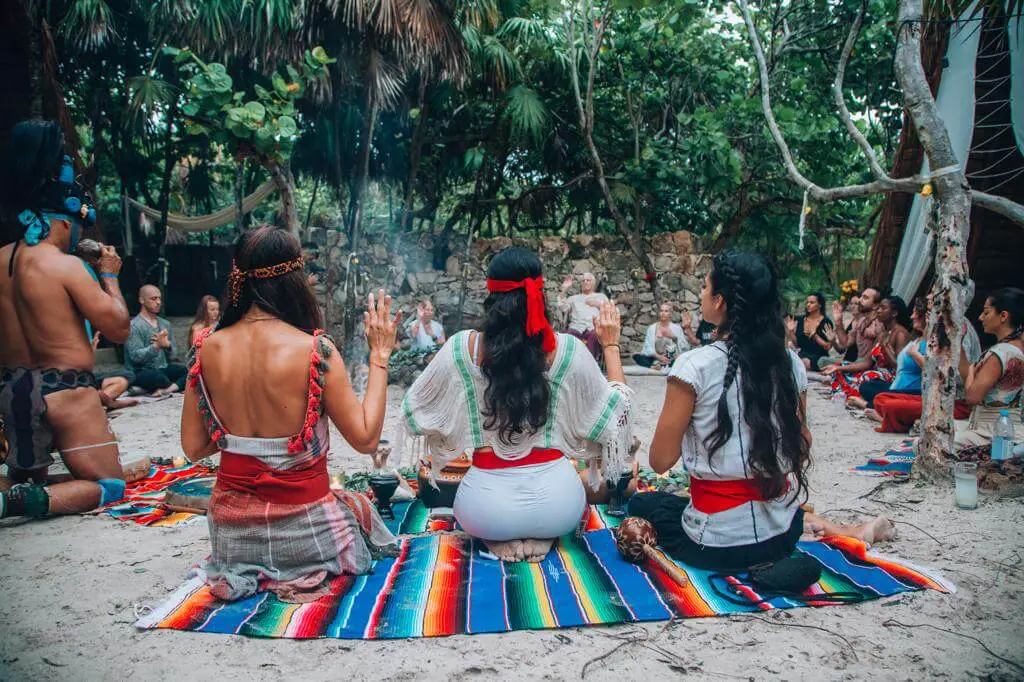
Even after the Spanish conquest in the 16th century, which brought about the final decline of Mayan political power, their culture endured.
Today, millions of Mayan descendants continue to inhabit the lands of their ancestors, speaking Mayan languages, practicing traditional crafts, and keeping their ancient stories and beliefs alive. They are a testament to the resilience and enduring legacy of this remarkable civilization.
The rise and fall of the Mayan civilization provide invaluable lessons about human societies, the delicate balance between humanity and the environment, and the enduring power of cultural heritage.
It is a story that continues to unfold, reminding us that even in the face of adversity, the human spirit endures, finding ways to adapt, innovate, and leave its mark on the world.


